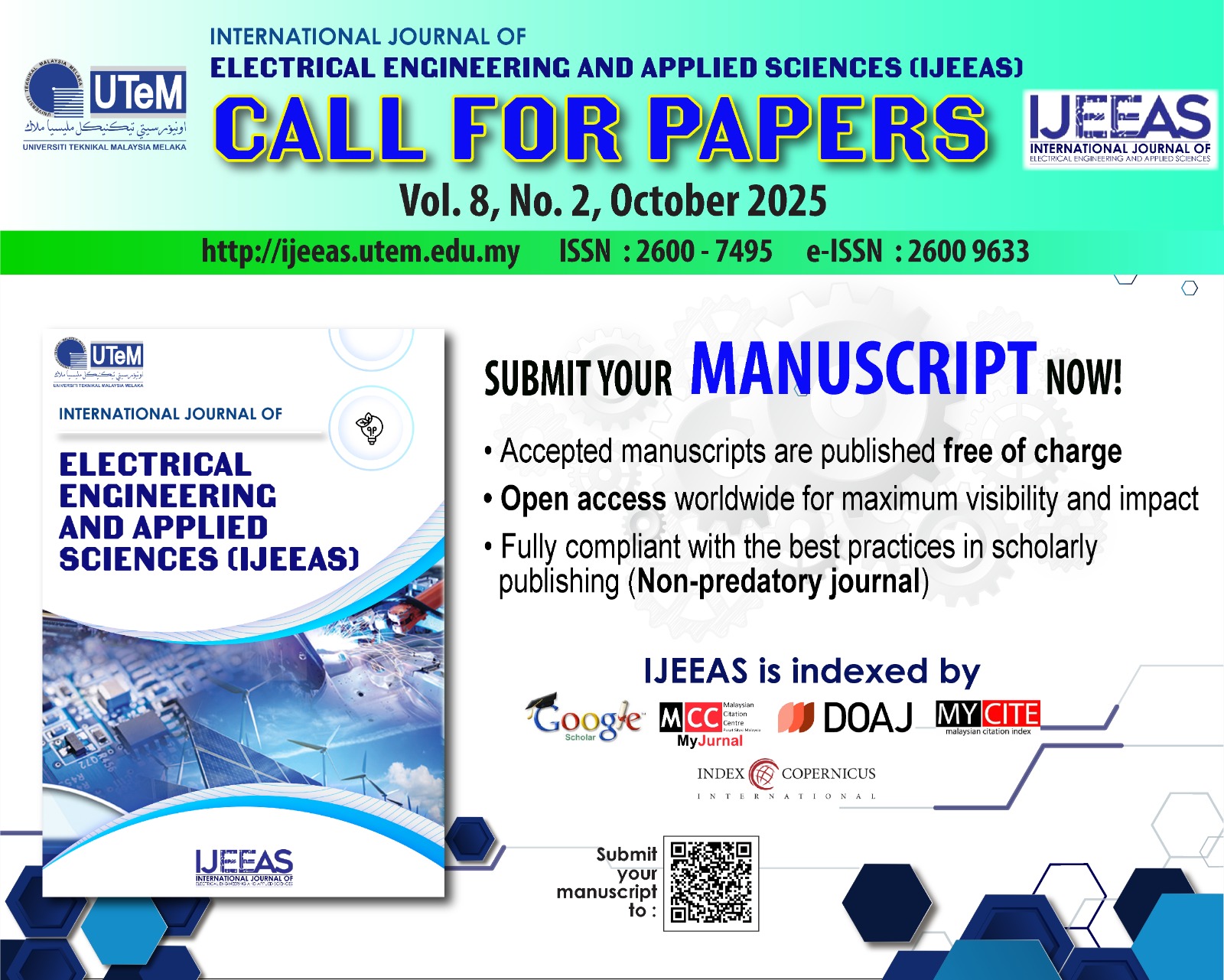Renewable Energy Based Hybrid Power System Design for Hilly Area in Bangladesh
DOI:
https://doi.org/10.54554/ijeeas.2025.8.01.002Abstract
Access to minimal expense energy has become crucial for the working of contemporary economies. Threats to global energy security include political instability in energy-producing nations, manipulation of energy supplies, competition over energy resources, attacks on supply infrastructure, as well as accidents and natural disasters. The safety of electrical power might be a significant factor in the progression of agricultural nations like Bangladesh. With the event of demand electricity will increase. The use of petroleum derivatives for energy production not only rapidly depletes these finite resources but also significantly impacts the environment. During this situation, taking advantage of environmentally friendly power to plan crossover power frameworks is both expenses upgrading and climate amicable. In this paper, a viability analysis is conducted to examine the potential of green energy for the hilly areas such as Bandarban, Khagrachari, and Rangamati in Bangladesh. Bandarban was chosen for this research. During this paper, an endeavor is taken to design a system with a lower levelized cost of energy (LCOE) with a higher renewable fraction. For the system, the levelized cost of energy (LCOE) is calculated as $0.126, with a net present cost of $259,976. Using HOMER software, an optimal configuration was established for this hybrid power system. This paper may be an ideal example for an effective power solution for hilly areas in Bangladesh.
Downloads
Downloads
Published
How to Cite
Issue
Section
License
Authors who publish with this journal agree to the following terms:
- Authors retain copyright and grant the journal right of first publication with the work simultaneously licensed under a Creative Commons Attribution License that allows others to share the work with an acknowledgement of the work's authorship and initial publication in this journal.
- Authors are able to enter into separate, additional contractual arrangements for the non-exclusive distribution of the journal's published version of the work (e.g., post it to an institutional repository or publish it in a book), with an acknowledgement of its initial publication in this journal.
- Authors are permitted and encouraged to post their work online (e.g., in institutional repositories or on their website) prior to and during the submission process, as it can lead to productive exchanges, as well as earlier and greater citation of published work (See The Effect of Open Access).







